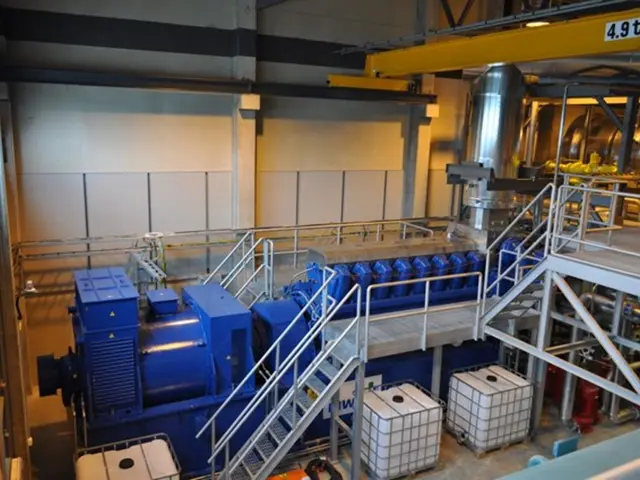Business executive targets finalization of the Philippines' first Free Trade Agreement in Latin America
Philippines and Chile Ink Comprehensive Economic Partnership Agreement (CEPA)
The Philippines and Chile are set to strengthen their economic ties with the upcoming Comprehensive Economic Partnership Agreement (CEPA), marking the Philippines' first FTA with a Latin American country [1][5]. The negotiations for this agreement have been underway, with DTI Undersecretary Allan Gepty recently visiting Chile for a week-long negotiation [2].
What is CEPA?
CEPA is a wide-ranging agreement that covers various aspects of trade, including trade in goods and services, intellectual property, competition policy, services, investments, financial services, digital trade, and customs procedures [4][5]. The agreement aims to streamline and automate processes to comply with FTA requirements, such as through an origin management system [3].
Benefits of CEPA
The CEPA is expected to bring numerous benefits to both countries. For the Philippines, it presents an opportunity to diversify its trade markets, helping navigate challenges like US reciprocal tariffs and reduce dependence on traditional trading partners [3]. The agreement is also expected to promote exports by enhancing market access to Chile and facilitate investments and cooperation in various sectors [3][5].
Potentially, CEPA could reduce trade and investment costs by addressing regulatory and procedural barriers, thus encouraging foreign companies to operate more efficiently between the two countries [3].
Industries Involved
The agreement spans multiple sectors, including goods and services, financial services, digital trade, and intellectual property [4][5]. Although specific industries are not fully detailed in available sources, the inclusion of digital trade, investments, and financial services indicates focus areas beyond traditional goods, potentially benefiting sectors such as technology, manufacturing, and services.
Trade Complementarities
There are complementarities in trading with Chile, according to a trade official. Chile exports processed food items like wines, salmon, and meat products to the Philippines, while the Philippines exports personal care products such as deodorant to Chile [6]. The initial round of talks for the FTA with Chile took place this month [7].
The CEPA, if concluded, will expand the Philippines' FTA network and support the country's direction to diversify the market and create opportunities for businesses [8]. This trade situation presents a good opportunity for Philippine businesses to consider Chile as an alternative or main market.
The Comprehensive Economic Partnership Agreement (CEPA), set to strengthen the economic ties between the Philippines and Chile, is expected to promote exports and facilitate investments in various sectors such as technology, manufacturing, and services by addressing regulatory and procedural barriers, thereby reducing trade and investment costs. The agreement also spans financial services and digital trade, presenting an opportunity for the Philippines to diversify its trade markets and navigate challenges like US reciprocal tariffs.




